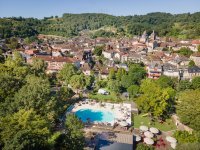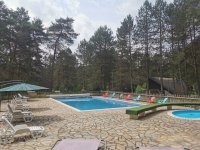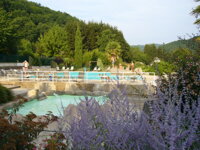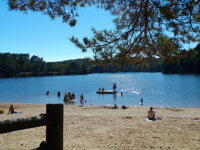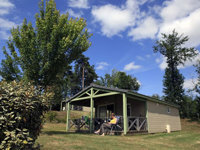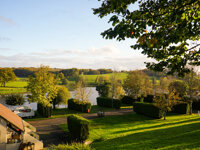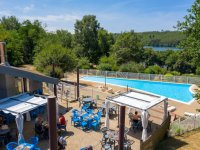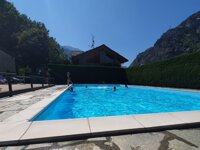Camping in Limousin
52 campsites in France, Limousin
Campsite Listing Google Map
The following consent is required:
Tracking & performance, Targeting & advertising.
Limousin
This quiet and deeply rural province is right in the centre of France to the south of the tourist region of the Loire Valley. Unspoilt and thinly populated, it is unknown to many but by others is considered close to paradise.

On the western side of the Massif Central, this stunningly beautiful region of still lakes, fast flowing streams, gently rolling valleys and forested mountains has been one of the best kept secrets in France. Lush green meadows are grazed by the Limousin breed of cattle, numerous ancient villages and churches dot the landscape, as well as more imposing abbey churches and fortresses. The region’s moorland has made it popular with horse breeders and the Anglo-Arab horse originated from the famous studs of Pompadour.
The city of Limoges, synonymous with porcelain production, produced the finest painted enamelware of Europe in the 16th and 17th centuries and today remains the porcelain capital of France. Aubusson is renowned for its beautiful and intricate tapestries. But Limousin’s appeal is, more than anything, the freedom of the countryside and it has not yet been discovered except by the discerning traveller. A few miles west is the quiet, unassuming town of Aixe-Sur-Vienne, situated on a pilgrimage route and gateway to the National Park of the Périgord-Limousin, a natural haven laced with walking paths that lead around peat bogs, glassy lakes and limestone beds. Limousin’s castles, such as the Château de Crozant and Château de Boussac, are a reminder of a troubled past, now serving as an interesting way to explore the area’s history.
Places of interest

Aubusson: Long tradition of tapestry making, Hotel de Ville tapestry collections.
Grimel-les-Cascades: A pretty hamlet set in a deep gorge.
Gueret: Built around a monastery founded in the 8th century, the municipal museum houses a fine collection of porcelain.
Limoges: Porcelain, enamel and faience work; château; church of St Michel-de-Lions; cathedral of St Etienne.
Oradour sur Glane: War-damaged village preserved from 1944.
Segur-le-Château: Picturesque village dominated by its fortified château; Henry IV’s house.
Treignac: Rocher des Folles with a view of the Vézères gorges.
Tulle: 12th-century cathedral and cloister; City museum; Maison de Loyac.
Cuisine of the region

Traditional dishes include a variety of stews such as pote, cassoulet, beans and pork and sauced dishes accompanied by chestnuts or rye pancakes. Limousin beef is tender and full of flavour.
Bréjaude: A soup eaten with rye bread and so thick with cabbage and other vegetables that a spoon will stand up in it.
Clafoutis: A pancake batter poured, for example, over fruit.
Galette Corrzienne: Almond cake.
Pâté aux pommes de terre: Potatoes and crème fraîche in a puff pastry crust
